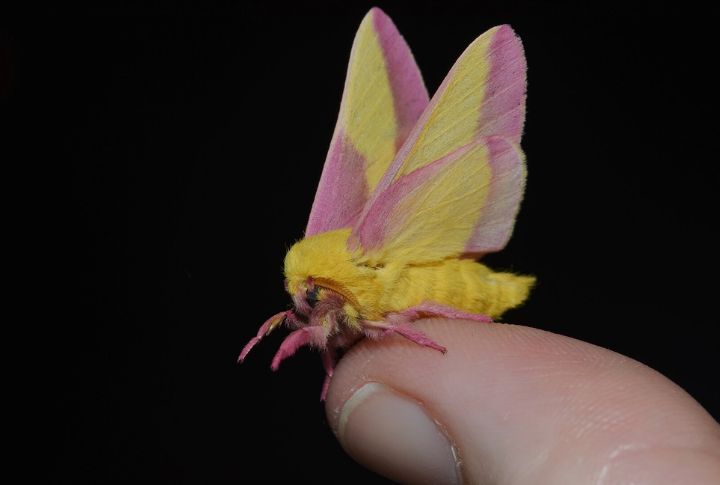
Nature’s not shy when it comes to drama. It has its share of imposters who have taken disguise to the next level, like these 10 clever species who mimic flowers to hunt or stay safe. They don’t hide behind them or blend into them. They literally become them, and their transformations are oddly impressive!
Orchid Mantis
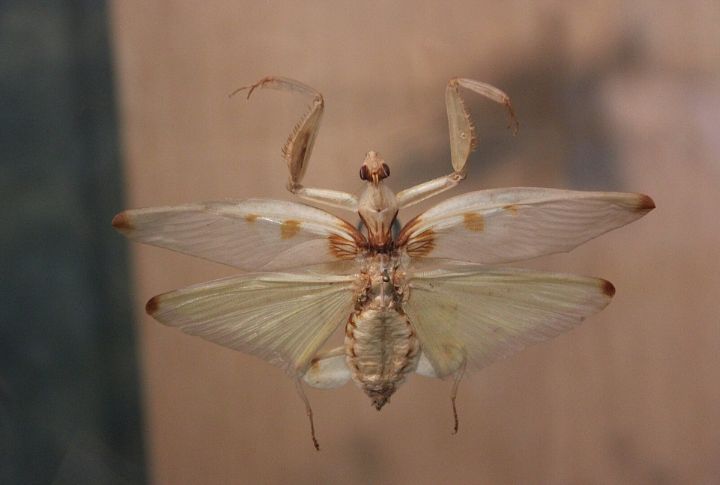
The orchid mantis has a body that looks just like an orchid petal in both shape and color. Butterflies and bees often fall for the trick and land right on it. Once they do, the mantis ambushes them with ease. Females, being larger and more flamboyant, pull off the deception even better.
Pink Orchid Spider
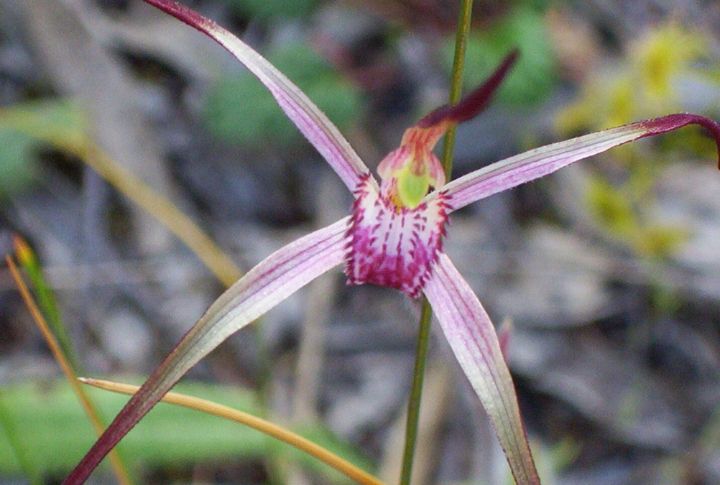
This spider skips the web and instead hides in plain sight by changing color to match the surrounding blooms. It waits quietly inside the orchid until a pollinator comes close. Then it strikes. What helps the trick work is a mix of perfect coloring and clever positioning that fools even the most cautious prey.
Flower Crab Spider
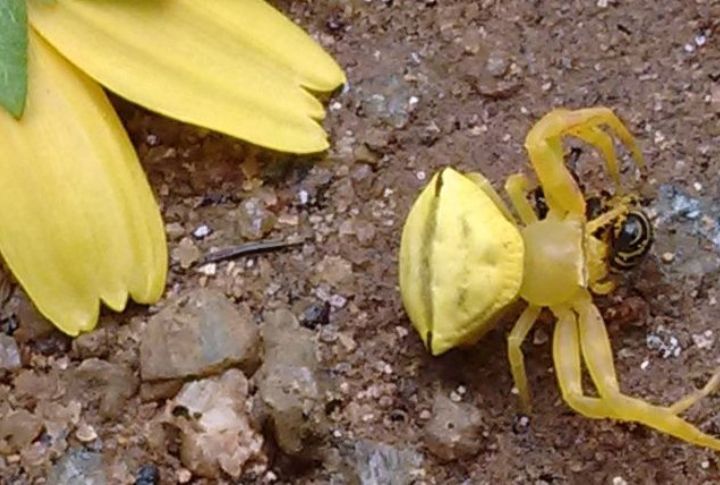
How the flower crab spider blends into pink, yellow, or white blooms is so good that you’d barely notice. Motionless as it waits for unsuspecting visitors, the spider strikes with precision when prey lands nearby. Females up the ante by changing color to match the flower, mimicking UV patterns that only bees can see.
Orchid Bee
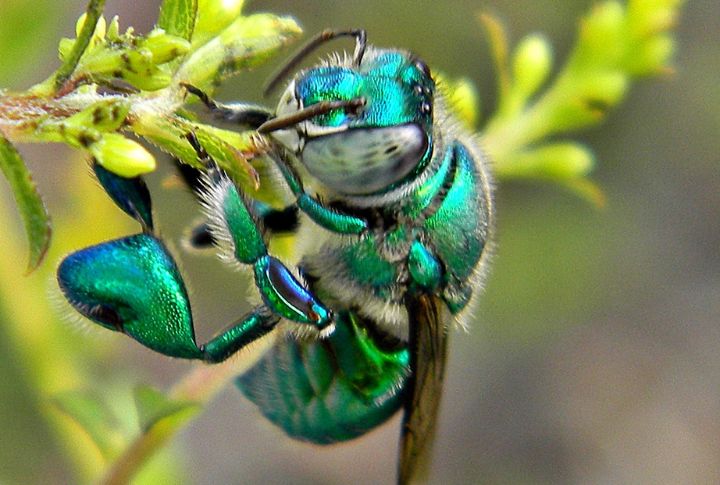
The orchid bee is a shimmering puzzle, which is drawn to orchids that mimic its own form. Males scoop up floral scents as part of their mating game. What’s more, their iridescent bodies give them the perfect disguise in a forest full of color. Hence, what starts as a pollination soon becomes a performance of disguise.
Indian Flower Mantis
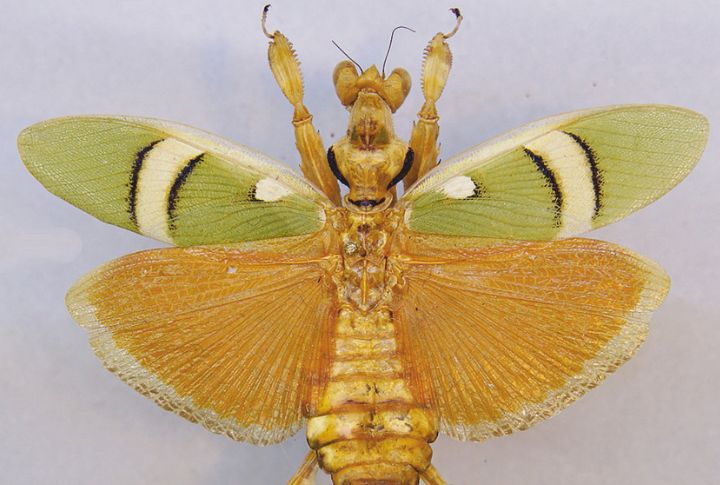
The Indian Flower Mantis is a master of disguise, as its body shape and colors closely resemble those of hibiscus and bougainvillea petals. The young ones often cluster together, which creates the illusion of a single large flower. This clever mimicry helps them blend in with real blossoms, an easy way to avoid predators and surprise nearby prey.
Planthopper Nymph
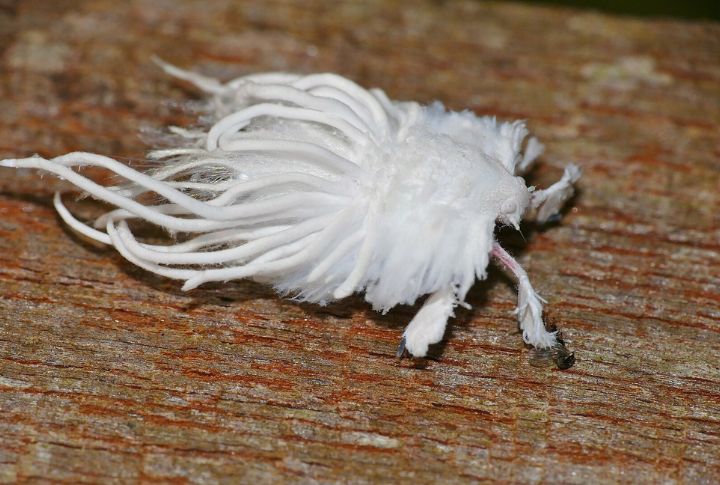
As for the planthopper nymph, it covers itself in waxy filaments that look akin to wilted flower pieces. The light catches its shimmer just so, causing it to fade into the forest litter. Ants and spiders hardly notice it, which is exactly what it wants while feeding on their sap.
Sundew Moth
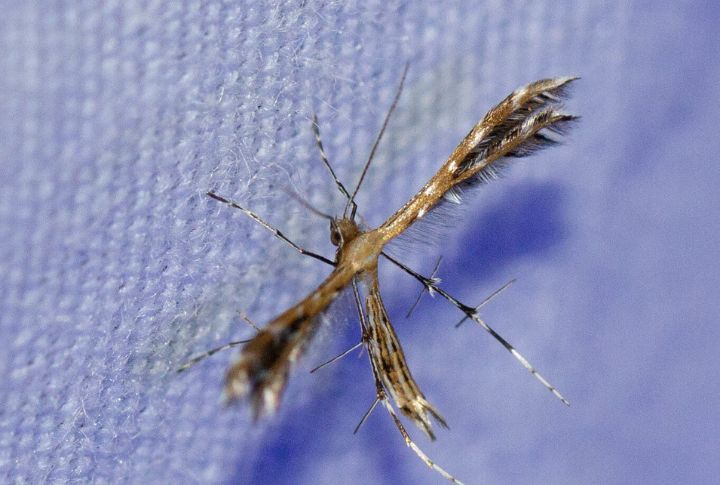
This tiny moth lays its eggs on sundew plants and blends right in with their sticky, flower-like tips. While most insects avoid these carnivorous plants, the sundew moth’s larvae feed on them. Adults rarely fly far and prefer to spend nearly their whole lives right there, hidden among the glistening traps they call home.
Dead Leaf Mantis
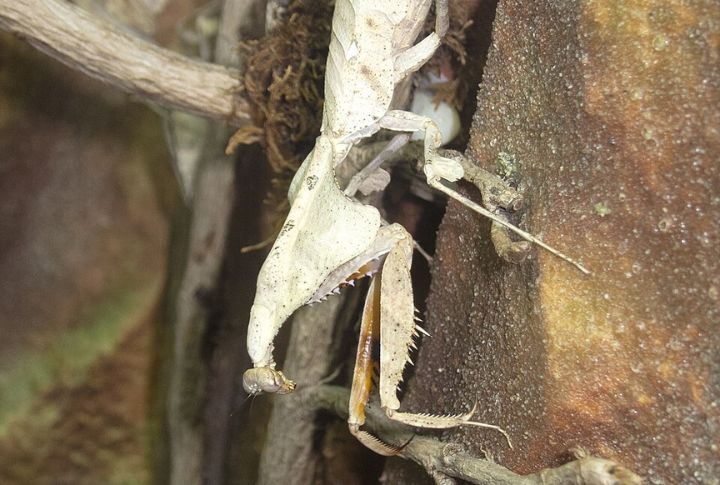
The dead leaf mantis moves like something forgotten by time. Its curled frame resembles wilted orchid petals, while its wings carry the brittle texture of dried plant tissue. When the wind brushes past, it sways ever so slightly. This quiet mimicry allows it to slip past watchful predators like birds or lizards.
Peacock Katydid
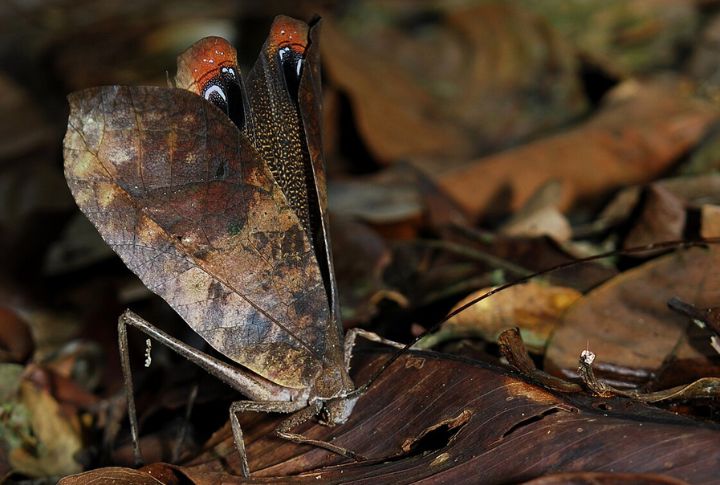
Among disguising animals, there are some bold colors, too. The peacock katydid folds into leaves when calm. But when startled, it flashes petal-like wings that resemble tropical blossoms. The sudden burst of color startles its pursuers just long enough for a clean escape.
Rosy Maple Moth
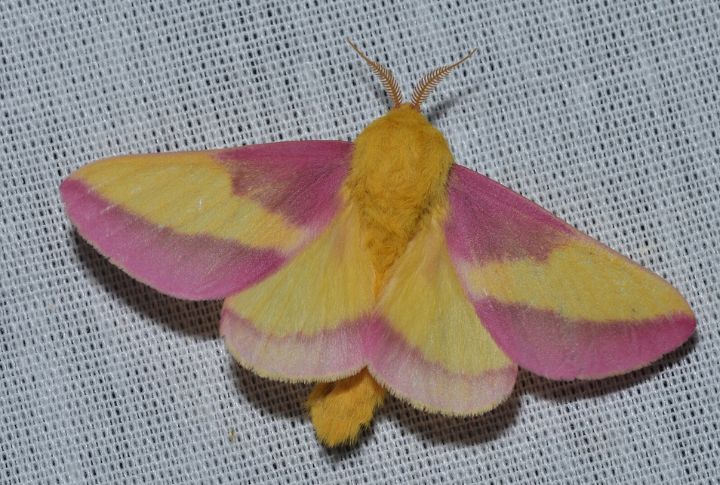
The Rosy Maple Moth is nature’s pastel daydream. Its yellow and pink wings resemble azalea blooms, and it also rests quietly on tree trunks that resemble fallen blooms by day. The plush form of the moth reads more like floral debris than a living creature—confusing birds and passersby alike.

